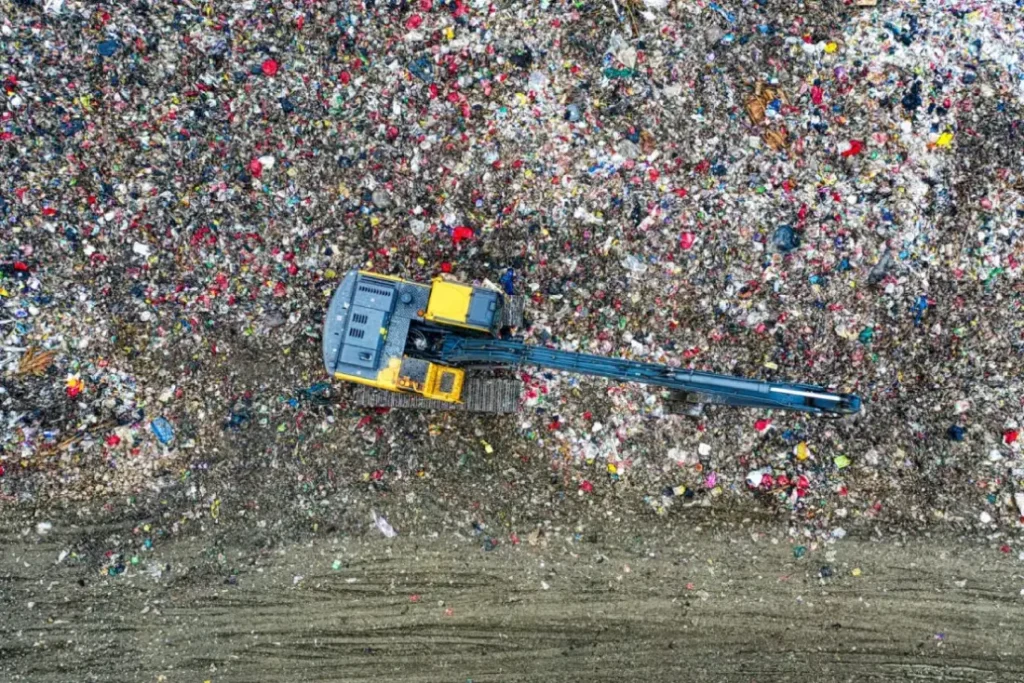“Trashing Trends 10 Alarming Statistics About Fast Fashion Waste” In the fast-paced world of fashion, trends come and go at a dizzying speed, fueled by the rise of fast fashion. However, beneath the glitz and glamour lies a darker side—the alarming waste generated by the industry. This article sheds light on the environmental toll of fast fashion, revealing 10 staggering statistics that underscore the urgent need for a more sustainable approach to style.
1. ( 92 Million Tons Annually)
Fast fashion is a major contributor to global waste, with a shocking 92 million tons of textile waste generated annually. From unsold inventory to discarded garments, the sheer volume highlights the disposable nature of the industry.
2.(3 in 5 Items Discarded Within a Year)
A disconcerting statistic reveals that approximately three out of every five fast fashion items are disposed of within a year of purchase. This rapid turnover not only strains our planet’s resources but also perpetuates a cycle of overconsumption.
3.(20 Pounds of Clothing Per Person):
On average, each person discards about 20 pounds of clothing annually. This mass exodus of garments contributes significantly to overflowing landfills and the environmental challenges associated with textile waste.
4.(Second-Largest Polluter)
The fashion industry ranks as the second-largest polluter globally, trailing only behind the oil industry. The extraction of resources, manufacturing processes, and disposal of fast fashion items collectively contribute to environmental degradation on a massive scale.
5.(700 Gallons of Water for a T-Shirt)
The production of a single cotton T-shirt requires approximately 700 gallons of water. Fast fashion’s demand for cheap and readily available materials places immense pressure on water resources, leading to environmental imbalances and water scarcity in some regions.
6.(Microfiber Pollution)
Microfibers, tiny plastic particles shed during the washing of synthetic fabrics, contribute significantly to water pollution. Fast fashion’s reliance on synthetic materials exacerbates this issue, with microfibers infiltrating oceans and ecosystems at an alarming rate.
7.(85% of Textiles End Up in Landfills)
A staggering 85% of textiles end up in landfills, either due to overproduction, consumer discards, or the inability to recycle certain materials. This creates a monumental challenge in managing the vast quantities of textile waste generated by the fashion industry.
8.(1.2 Billion Tons of CO2 Emissions)
Fast fashion’s carbon footprint is immense, contributing to approximately 1.2 billion tons of CO2 emissions annually. The entire life cycle of fashion products, from raw material extraction to transportation and disposal, plays a role in this significant environmental impact.
9.(10% of Global Carbon Emissions)
The fashion industry is responsible for roughly 10% of global carbon emissions, with fast fashion playing a pivotal role in this environmental crisis. The energy-intensive processes involved in production, transportation, and disposal all contribute to this alarming statistic.
10.(Unsold Inventory Burned or Buried)
To maintain the exclusivity and constant turnover of collections, fashion brands often resort to burning or burying unsold inventory. This not only adds to environmental degradation but also raises ethical concerns about responsible production and waste management.
Trashing Trends 10 Alarming Statistics About Fast Fashion Waste The statistics surrounding fast fashion waste paint a grim picture of an industry in need of radical transformation. As consumers become increasingly aware of the environmental consequences of their choices, the call for sustainable and ethical fashion practices grows louder. It is crucial for the industry to adopt responsible production methods, promote circular fashion, and encourage conscious consumerism to mitigate the alarming impact of fast fashion waste on our planet.




